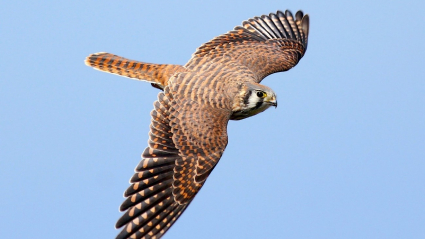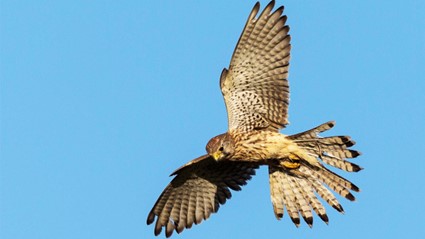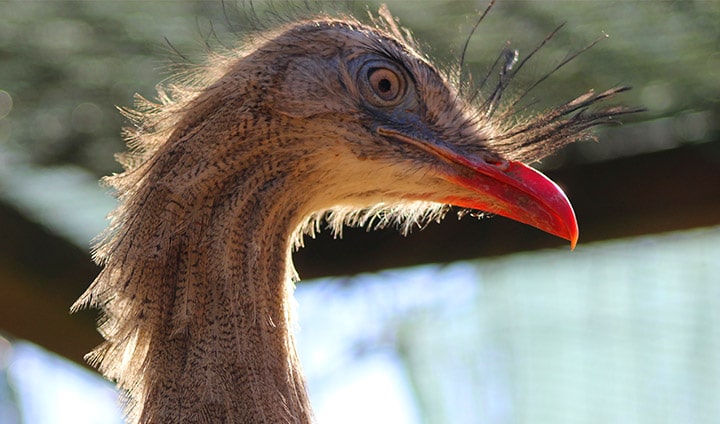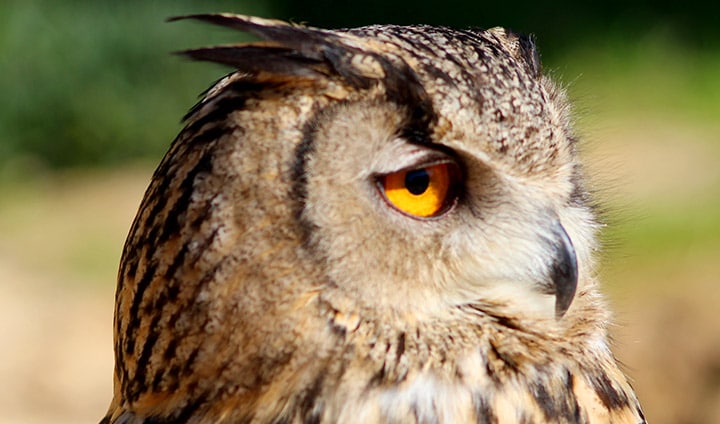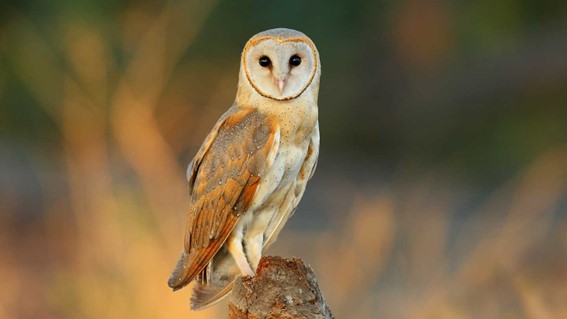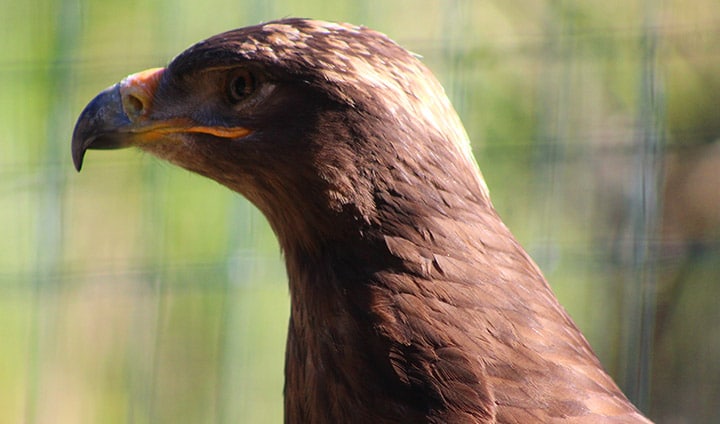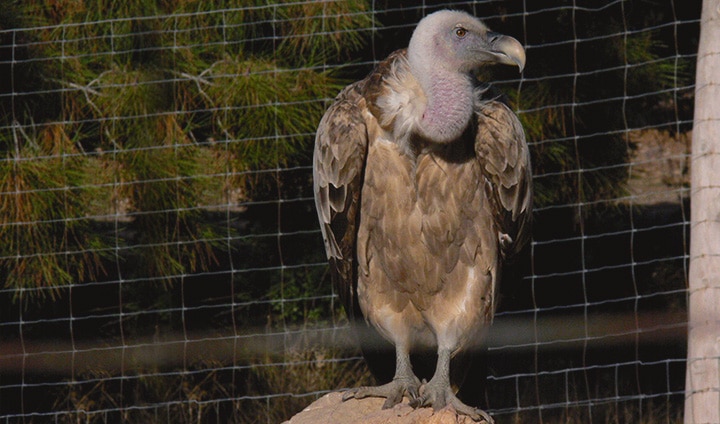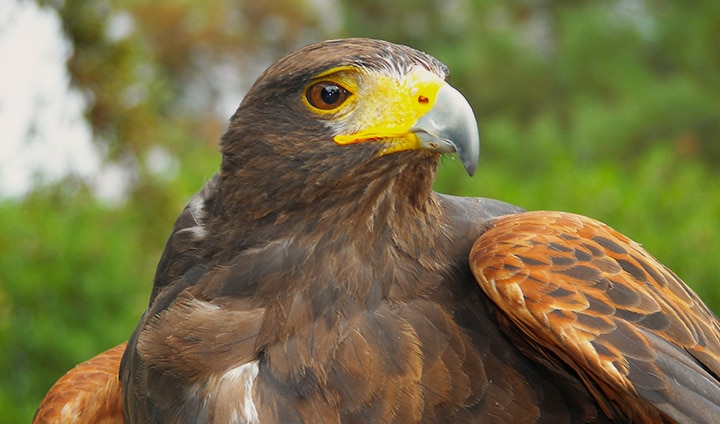Diet: small mammals. They have been seen eating amphibians and reptiles as a food source.
Reproduction: These are animals that form couples over a long period of time, although they are not monogamous. These birds have an intense mating ritual and if the couple is compatible, the female looks for a place to nest and the male goes hunting to feed the female. They can use old nests from other birds or create their nests in tree trunks. Each female can lay 3 to 7 eggs, which take around 26 to 34 days to hatch. After 2 months, the chicks are ready to leave their parents’ control, but they can fly after the first month of life.
Distribution and Habitat: This species can be found in Europe, Asia and Africa. It is a migratory species and spends the winters in southern Europe or northern Africa. However, most of the population that reproduces does not carry out migrations. Falcons prefer open areas, grassy or cultivated fields that provide areas for their hunting.
Behavior: Diurnal birds that spend much of the day resting within their territory. They only fly to look for food and when they are in a mating ritual. They are, as a rule, solitary animals.
Scientific name: Falco tinnunculus
Class: Aves
Order: Falconiformes
Family: Falconidae
Dimensions: 70 cm – 80 cm wingspan
Weight: 150 g – 190 g
Longevity: 15 years in captivity and no data for the wild
Conservation Status: Least Concern


